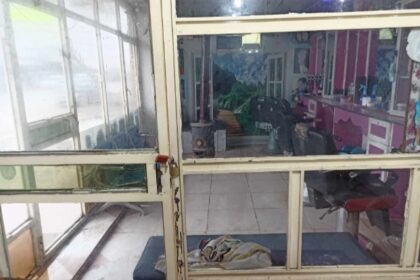RASC News Agency: The Afghanistan Journalists Center has reported that over the past year, at least 12 media outlets in Afghanistan have been either forcibly shut down or subjected to stringent restrictions by the Taliban regime. In its statement, the organization disclosed that the Taliban have closed 12 television networks within the past year alone, while simultaneously imposing unprecedented constraints on numerous other media platforms across the country.
Marking World Television Day today Thursday, November 21, the Afghanistan Journalists Center emphasized in a statement that restrictions on television networks under Taliban rule have reached alarming and unparalleled levels. The organization expressed profound concerns over the deteriorating state of media freedoms in Afghanistan, which face relentless suppression and mounting restrictions by the Taliban authorities.
According to the center, among the 21 directives issued by the Taliban targeting media operations, seven explicitly focus on curtailing the activities of television networks or limiting the scope of visual media freedoms. These include bans on women working in the national broadcaster, prohibitions on their participation in television dramas, restrictions on broadcasting films and series, mandatory face-covering for female journalists, a ban on photography and on-camera interviews (implemented officially in four provinces to date), prohibitions on airing international television content, restrictions on live television debates, and requirements for program experts to receive prior approval from Taliban officials.
The center further stated that the Taliban have subjected media outlets to severe censorship and forced the closure of numerous organizations. Among the 12 television networks shut down by Taliban orders in the past year, only one has been permitted to reopen. The Afghanistan Journalists Center also reported that over the past year, at least 30 journalists and media workers have been detained, with seven of them still languishing in prison.
This wave of repression is compounded by the Taliban’s enforcement of their Amr bil Maroof wa Nahi anil Munkar (Vice and Virtue) law, which forbids the depiction of living beings. The implementation of this edict in several provinces has compelled many local television networks to halt their operations entirely.






